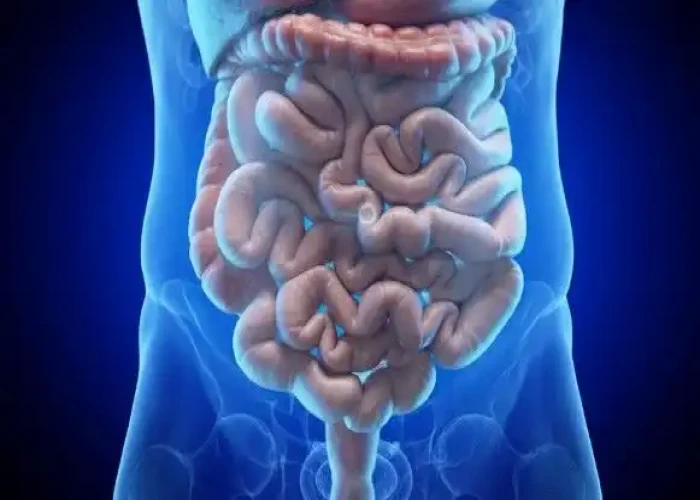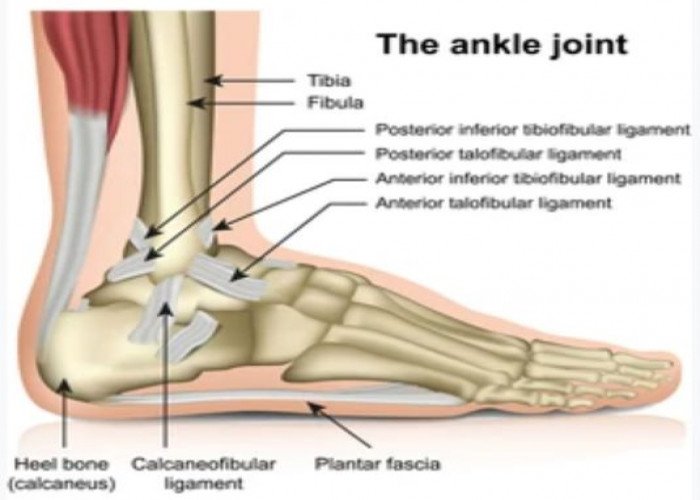 Welcome
Welcome
“May all be happy, may all be healed, may all be at peace and may no one ever suffer."
- A
- B
- C
- D
- E
- F
- G
- H
- I
- J
- K
- L
- M
- N
- O
- P
- Q
- R
- S
- T
- U
- V
- W
- X
- Y
- Z
Placenta - Diseases
The placenta is an organ that develops in the uterus during pregnancy and provides a connection between the mother and developing fetus. It is a flat, circular structure that attaches to the uterine wall and connects to the fetus via the umbilical cord.
The placenta has several important functions. It allows for the exchange of nutrients, oxygen, and waste products between the mother and the fetus, as well as the transfer of hormones and antibodies from the mother to the fetus. The placenta also serves as a barrier, protecting the fetus from some harmful substances in the mother's bloodstream, such as bacteria and some toxins.
The placenta is formed from the outer layer of cells of the developing embryo and the lining of the uterus. It begins to form shortly after conception and is fully formed by around 12 weeks of gestation. The placenta grows and changes throughout pregnancy to meet the changing needs of the developing fetus.
Certain medical conditions, such as placenta previa (when the placenta covers the cervix) or placental abruption (when the placenta separates from the uterine wall before delivery), can affect the functioning of the placenta and put the health of the mother and fetus at risk. Regular prenatal care and monitoring can help detect and manage any potential issues related to the placenta during pregnancy. After delivery, the placenta is typically delivered as well, and is usually examined by a healthcare provider to ensure it was healthy and fully intact.

Finger

Cecum intestine

Ankle

Cranial Nerves

Descending colon intestine

Semicircular canals Inner ear

Pharynx

Wrist
Placenta, Placenta previa, Previa placenta, অমরা
To be happy, beautiful, healthy, wealthy, hale and long-lived stay with DM3S.